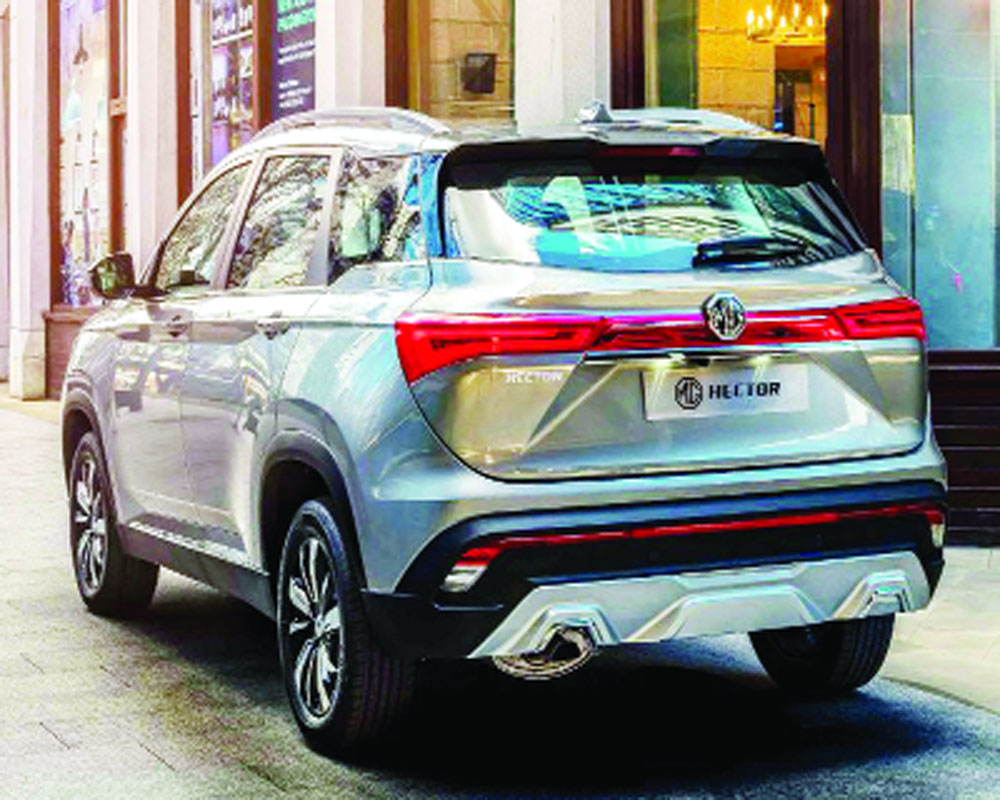Do you really care about the type of automatic transmission you drive?
I recently found myself asking a peculiar question to some of my fellow motoring scribes, “Do you really care about the type of automatic that you drive?” Of course, they do, because they, like myself, are constantly bombarded with information about the different types of automatic transmissions. But then when I changed the question and made it, “Does the average Indian car buyer really care about the type of automatic he or she buys?” I mean to say the normal buyer, not the nerd who knows more than I do about any car, down to the exact gear ratios, which frankly is a waste of brain space unless you are studying engineering. Do you care whether your car is a AMT, CVT, DCT or a good old torque converter? As long as the gear selector has that regular P-R-N-D setting, unless of course you are in a Maruti Auto Gear Shift (AGS), which is their version of an Automated Manual Transmission (AMT) and where the N vanishes. Most folks really do not know what sort of automatic they are driving.
The reason I am bringing up this topic is because several much-anticipated new launches, the Hyundai Venue, Jeep Compass Trailhawk and MG Hector, have installed Dual-Clutch Transmissions (DCT) or if you are a Volkswagen Group car, DSG which stands for Direkt-Schalt-Getriebe, but in essence is the same thing. Basically, a dual-clutch system has two clutches, one for off-numbered gears and one for even-numbered gears, meaning that one clutch is already primed for the next gear, so gear shifts are measured in milli seconds. But as many erstwhile Skoda owners know all too well, such gearboxes are also quite fragile and even though the Volkswagen group did get its DSG act together, and the boxes installed in the Polo and Vento are downright stupendous, they are expensive. Ford, for example, actually changed from a DCT gearbox in the first-generation EcoSport to a regular Torque Converter on the updated EcoSport.
DSG and DCT transmissions are expensive, but manufacturing advances have made them cheaper, which is one reason for their sudden popularity. And there is no doubt that lightning fast gear-changes can make for exhilarating driving, particularly when a DCT is coupled with a paddle-shifter for manual changes. You press the paddle and the gear changes instantaneously. Believe me no matter how good you might think your hand-eye-foot coordination is, you cannot shift as fast as a DCT. My biggest problem with DCT gearboxes is what I would call ‘Gear Bloat.’ Far too many cars have eight, nine and even ten gears. I’m not a fan of six-speed manual gearboxes, one gear too many for urban conditions, but I have somehow made peace with seven-speed automatic boxes. But that ten-speed gearbox I drove on a Ford F-150 truck in America, nope, not a fan even though the engineering is awesome.
And then there is the AMT, the AGS system on Maruti’s and also now fitted on the Santro, some Mahindra and Tata cars as well. These were called ‘semi-automatic’ gearboxes in the 1980s because that is what they are. Early AMT cars had languid, lazy gear changes and you needed to learn how to throttle the car, but these are cheap and reliable gearboxes even though there are some reports of these not ageing well. But then again, they remove the clutch and because they are effectively manual transmissions, fuel economy is decent and costs are manageable. After all, a DCT even with prices coming down costs much more than a AMT. However, carmakers have on the whole not gone down the AMT route for more expensive vehicles because the slow shifts are not ideal for heavier and more powerful vehicles.
Then there are traditional torque-converter automatic gearboxes. There are quite a few cars with such boxes, including the EcoSport and the Creta. These boxes earlier had a limited number of gears, sometimes as few as three but manufacturing advances have made six-speed automatics quite standard. While slower changing than a DCT and lacking the economy of a CVT, they are a tried and tested technology and over the years have become better (more gears and better fuel economy) and crucially cheaper.
Honda and Toyota use CVT or Continuously Variable Transmissions, and while an ideal CVT should be one continuous gear, the problems with matching engine output and road speeds mean that usually cars have a ‘stepped’ CVT with fixed positions between gears. Are CVTs better or worse than DCTs? Well, that is a loaded question but in most urban conditions a CVT works. However, CVT’s are not what you would call ‘performance’ machines and trying to take one and ‘have fun’, not quite the gearbox to do something like that. But a well-tuned CVT is extremely economical, better than a DSG some might argue.
But if someone were to get into a Honda City that has a stepped-CVT and paddle shifts and a Volkswagen Vento with the DSG and paddle-shifts and were to try and figure out which gearbox is which without already knowing, forget the average car buyer, many folks who write on cars would be stumped, possibly even me, unless I keep a very careful ear for engine noise and gear-shift speeds and what not. Sure, one should be able to make out a AMT, but when you walk in to buy an automatic you might not know which type you will end up buying. Cars in the same segment could have very different types of gearbox, and while you might lose a clutch, you should really educate yourselves a bit about the type of automatic you end up buying. Not knowing is not an option when almost half of all new cars sold nowadays are automatics.


























